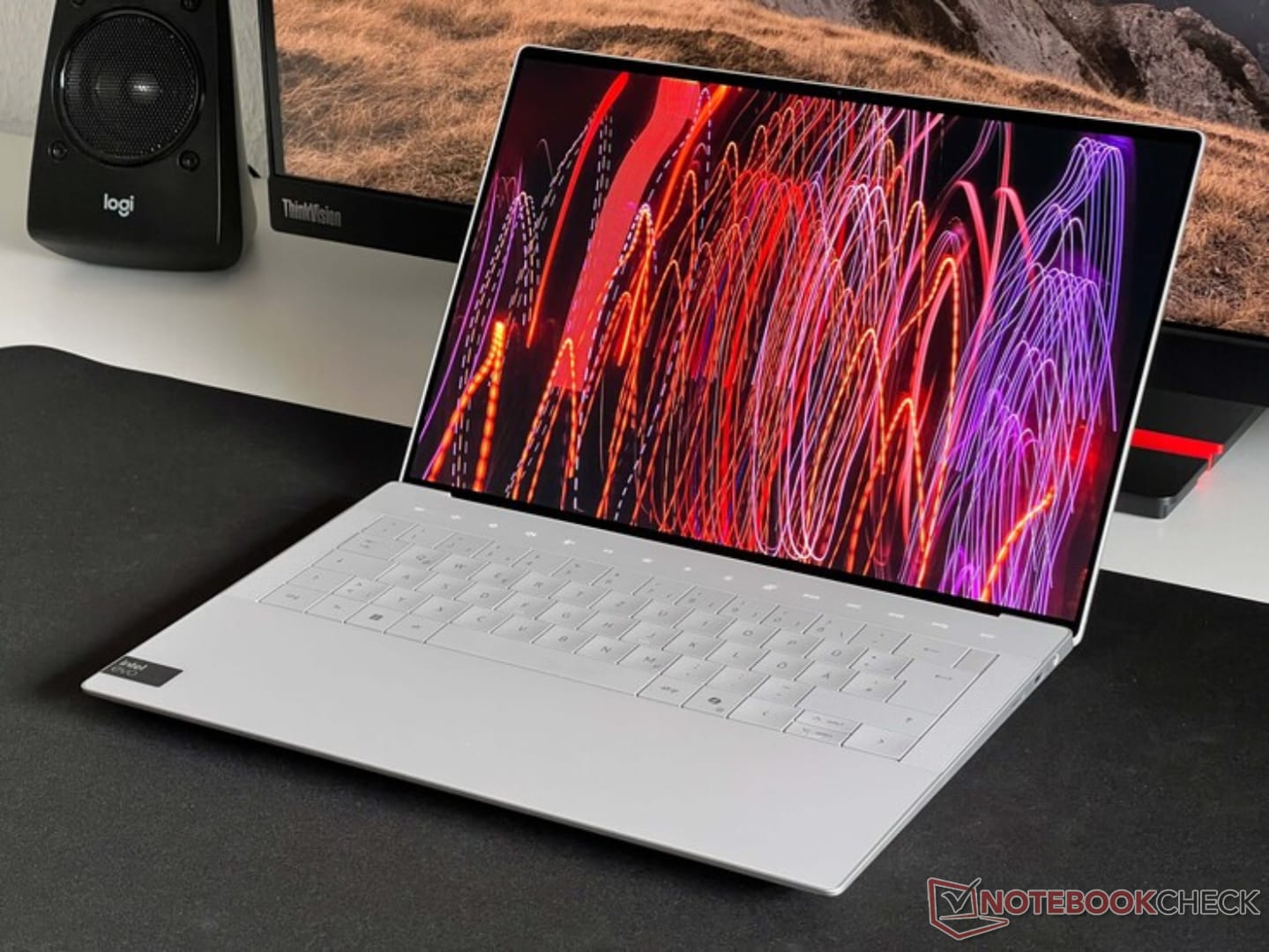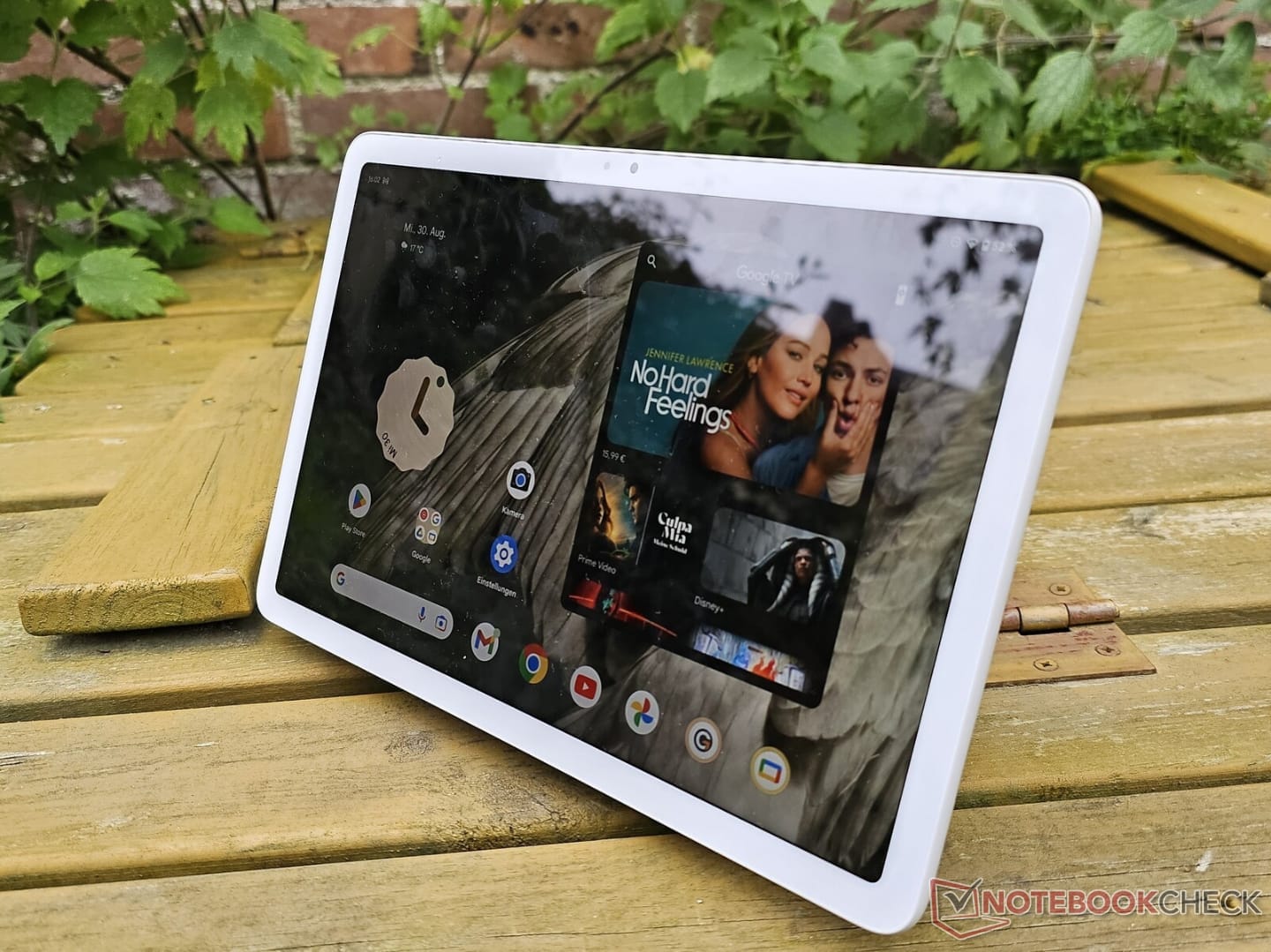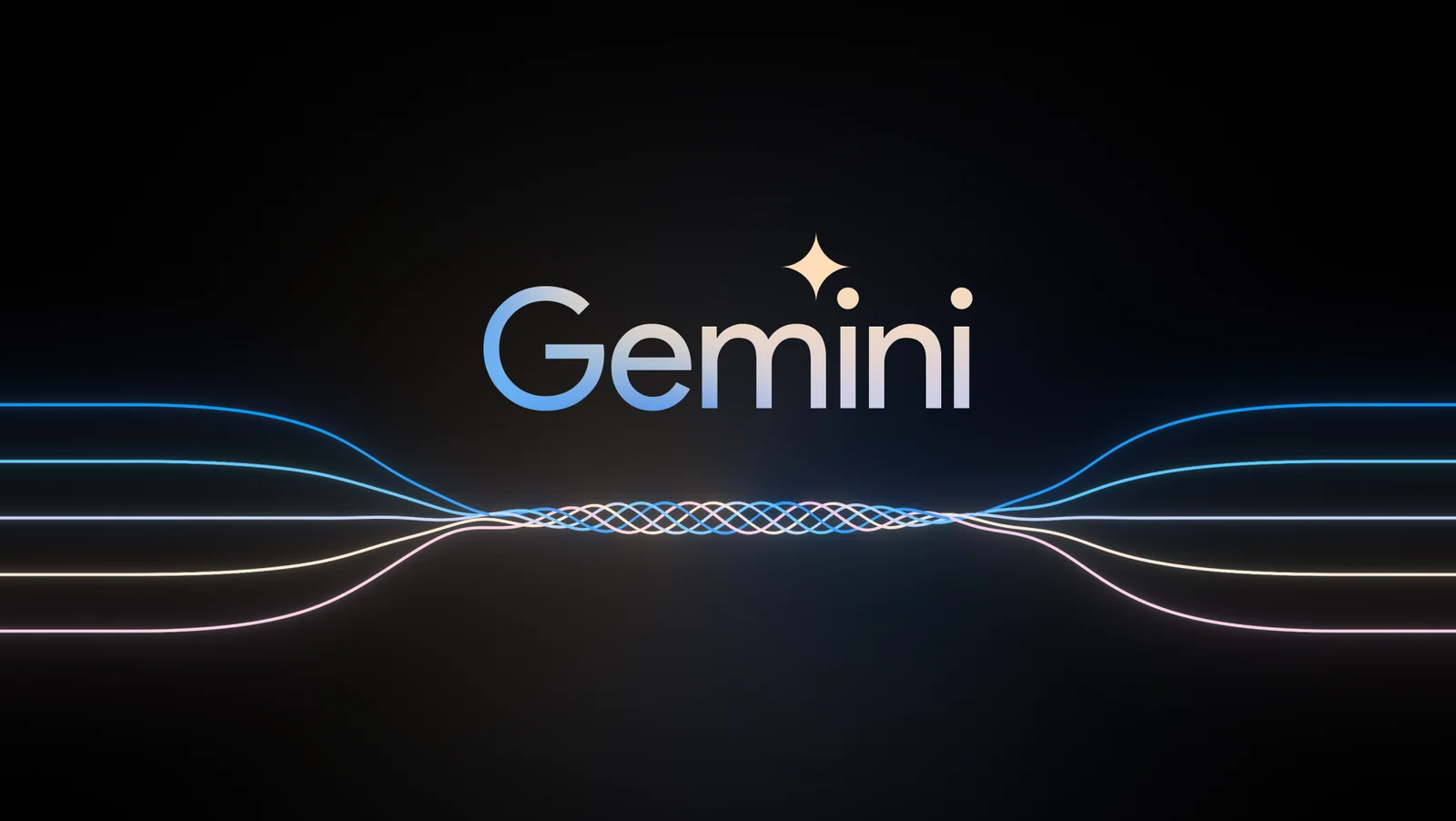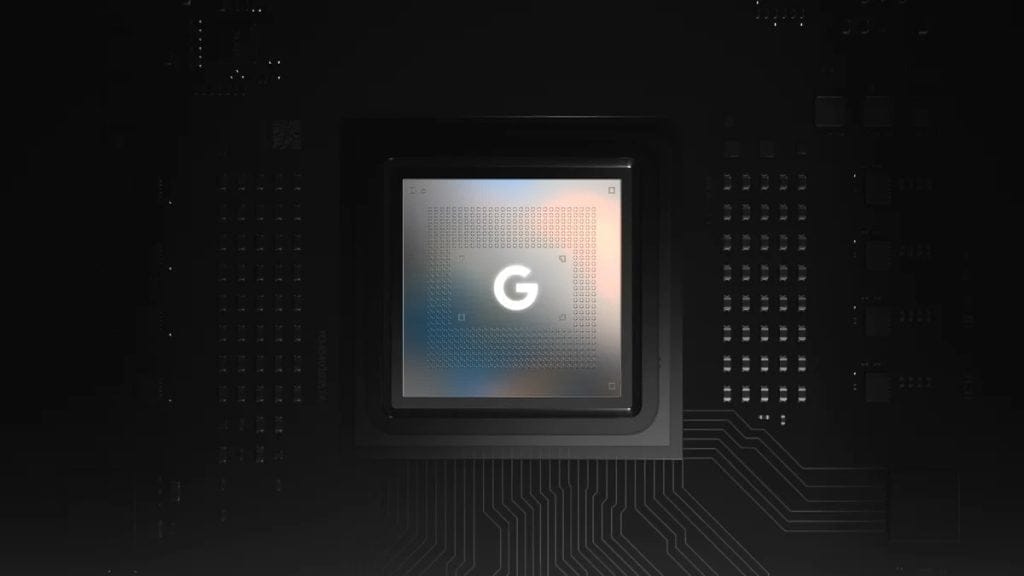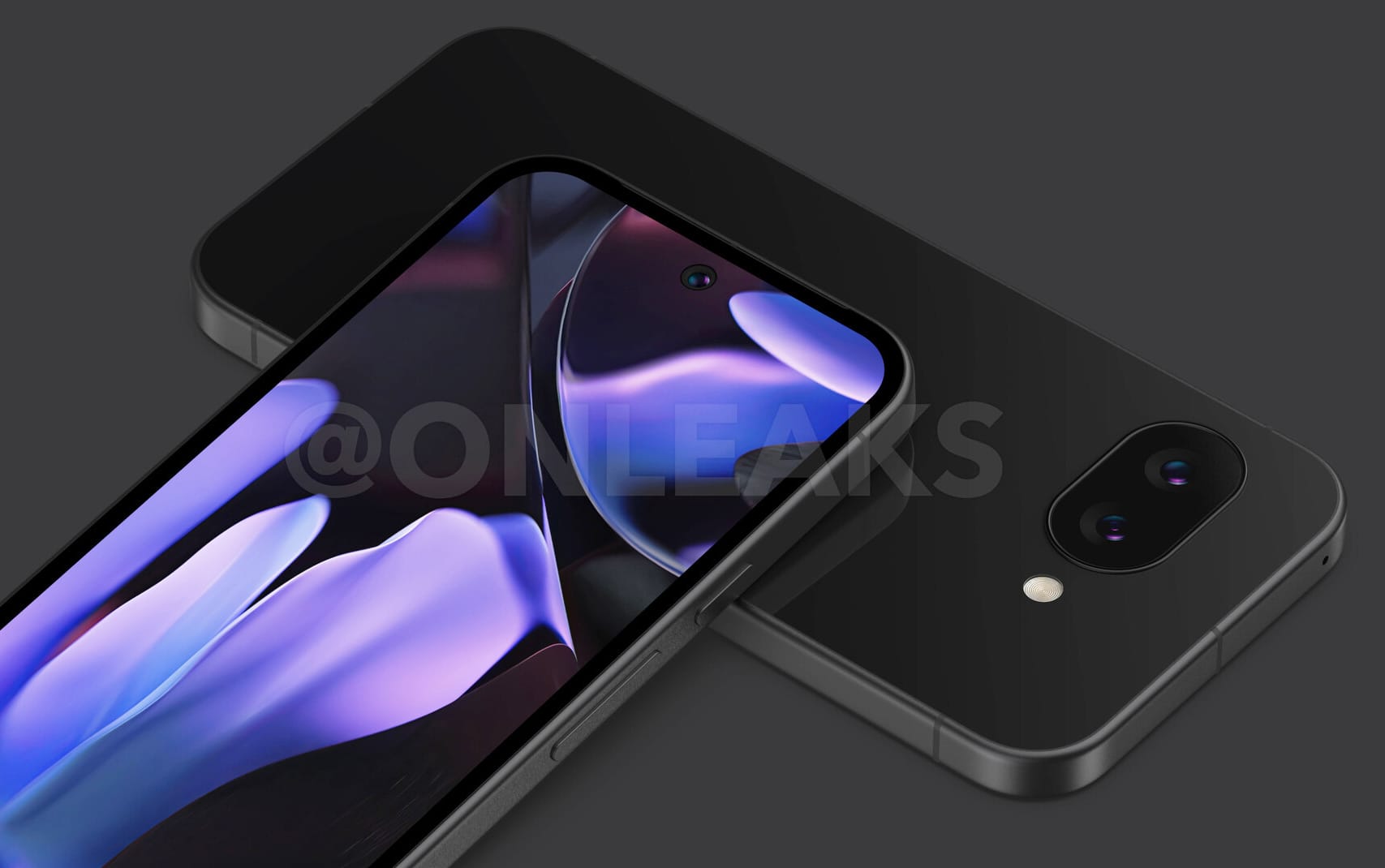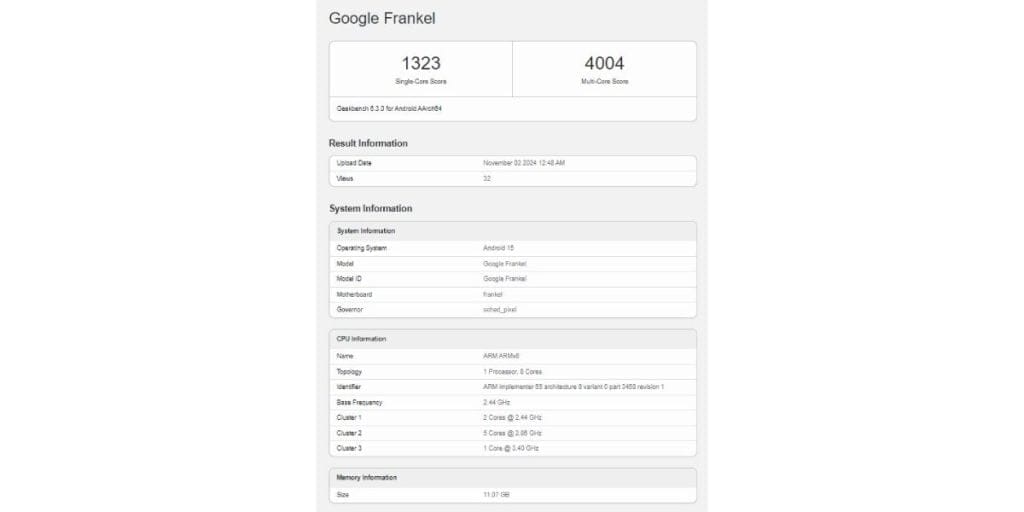Android’s backup and restore features are getting a significant upgrade that will soon let apps keep you signed in when switching to a new Android device. The upcoming "Restore Credentials" feature aims to make transitioning to a new Android phone as easy as it is when moving to an iPhone.
How It Functions
So, how does this work? Google explains that with Restore Credentials, app developers can create a “restore key” that is saved locally on your device and in the cloud (if Google Backup is turned on). When you set up a new Android phone and opt to restore apps and data, these keys travel to the new device, allowing you to be automatically logged into your app accounts on the first launch. Moreover, if developers invest a bit more effort, apps can start sending notifications and operate as if they’re still on the old device—even before you actually open them on your new phone.
The Significance
While this might not seem earth-shattering, anyone who has upgraded their Android phone and dealt with the tedious data restoration process will understand how frustrating it can be to manually log into each application. Google has laid down the necessary groundwork, but it will be up to individual app developers to integrate this feature into their applications and ensure the success of this initiative. It might be unrealistic to expect every single app on the Play Store to adopt seamless login migration, but there’s hope that many popular apps will leverage this change to provide a smooth onboarding process for users transitioning to a new Android device.
Easy Background Setup
The most exciting aspect is that you won’t need to configure anything or tinker with device settings to take advantage of this upgrade—it will all occur behind the scenes. However, you will need to be patient for your favorite app developers to implement support for Restore Credentials in their applications. Additionally, ensure your device is running Android 9 or later.
Source: Link





